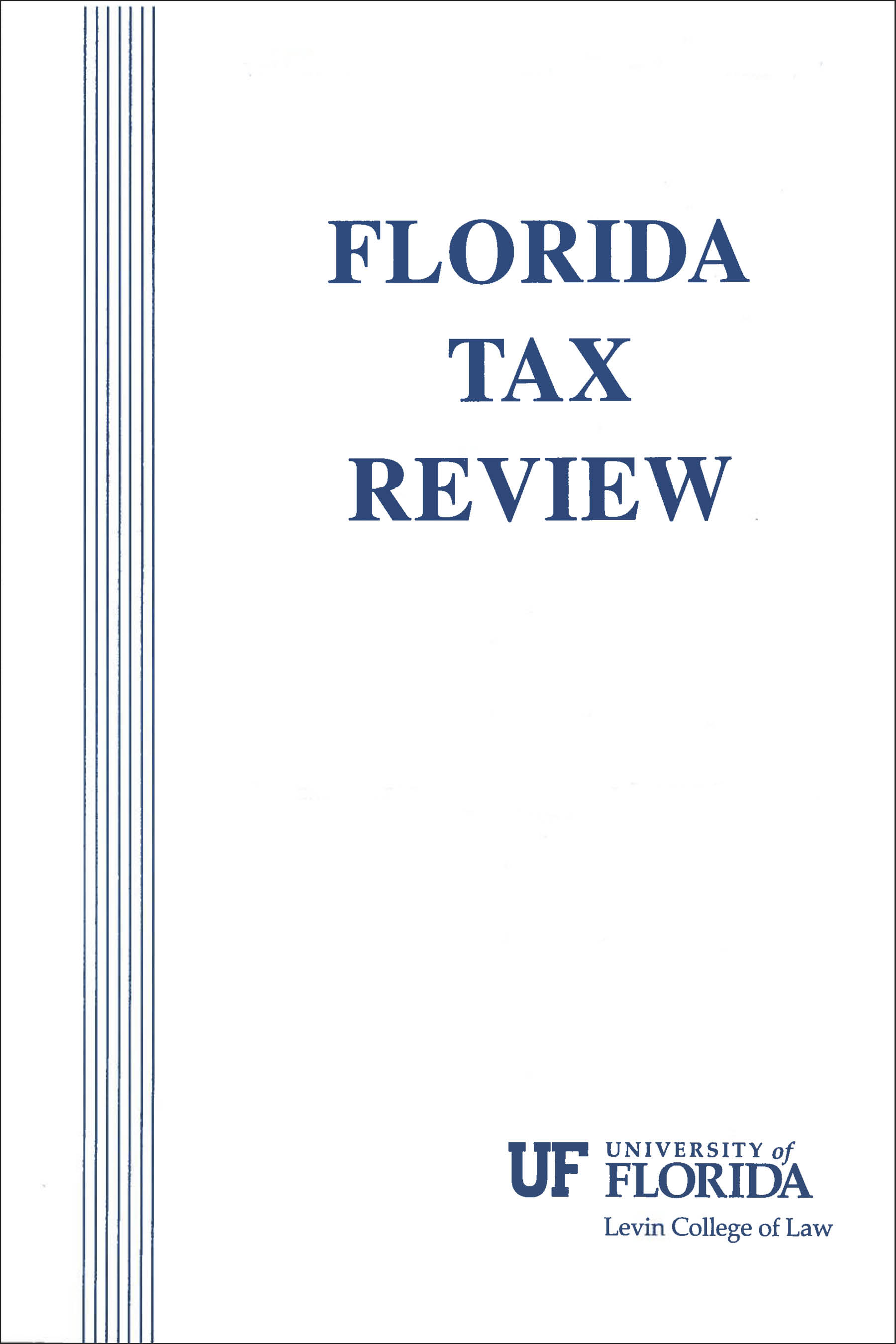Hidden Foreign Aid
Main Article Content
Abstract
Few issues in global politics are as contentious as foreign aid - how much rich countries should give, in what ways, to whom. For years, it has been a commonplace that U.S. policies are stingy. The Organization for Economic Cooperation and Development (OECD) routinely ranks the United States far behind its industrialized peers in official development assistance (ODA), measured as a percentage of gross national income (GNI). An endless parade of critics has implored the government to do more; some suggest that the Bush Administration's support for the Monterrey Consensus, which sets a goal of increasing assistance to 0.7% of GNI, commits it to do more. Against these allegations of miserliness, executive officials and certain sympathetic scholars have begun to argue that the published statistics are misleading because they fail to account for individual and corporate philanthropy. What the OECD misses, this argument runs, is the exceptional extent of Americans' private generosity. What both sides of the debate have missed, this Article proposes, is not the role of the private sector in generating foreign aid but the role of tax expenditures in subsidizing it. Better known as tax breaks or loopholes, tax expenditures are deviations from the normal tax structure "designed to favor a particular industry, activity, or class of persons." They take the form of deductions, exemptions, exclusions, deferrals, credits, or preferential rates. Economically, these "expenditures" may be seen as equivalent to direct government outlays: if U.S. taxpayers saved $70 billion last year from, say, the mortgage interest deduction, the government therefore gave a $70 billion (implicit) subsidy to homeownership. Stanley Surrey pioneered the theory of tax expenditures in the late 1960s, and the concept is now widely, though not universally, credited. Since 1974, Congress has required the annual publication of a tax expenditure budget.

